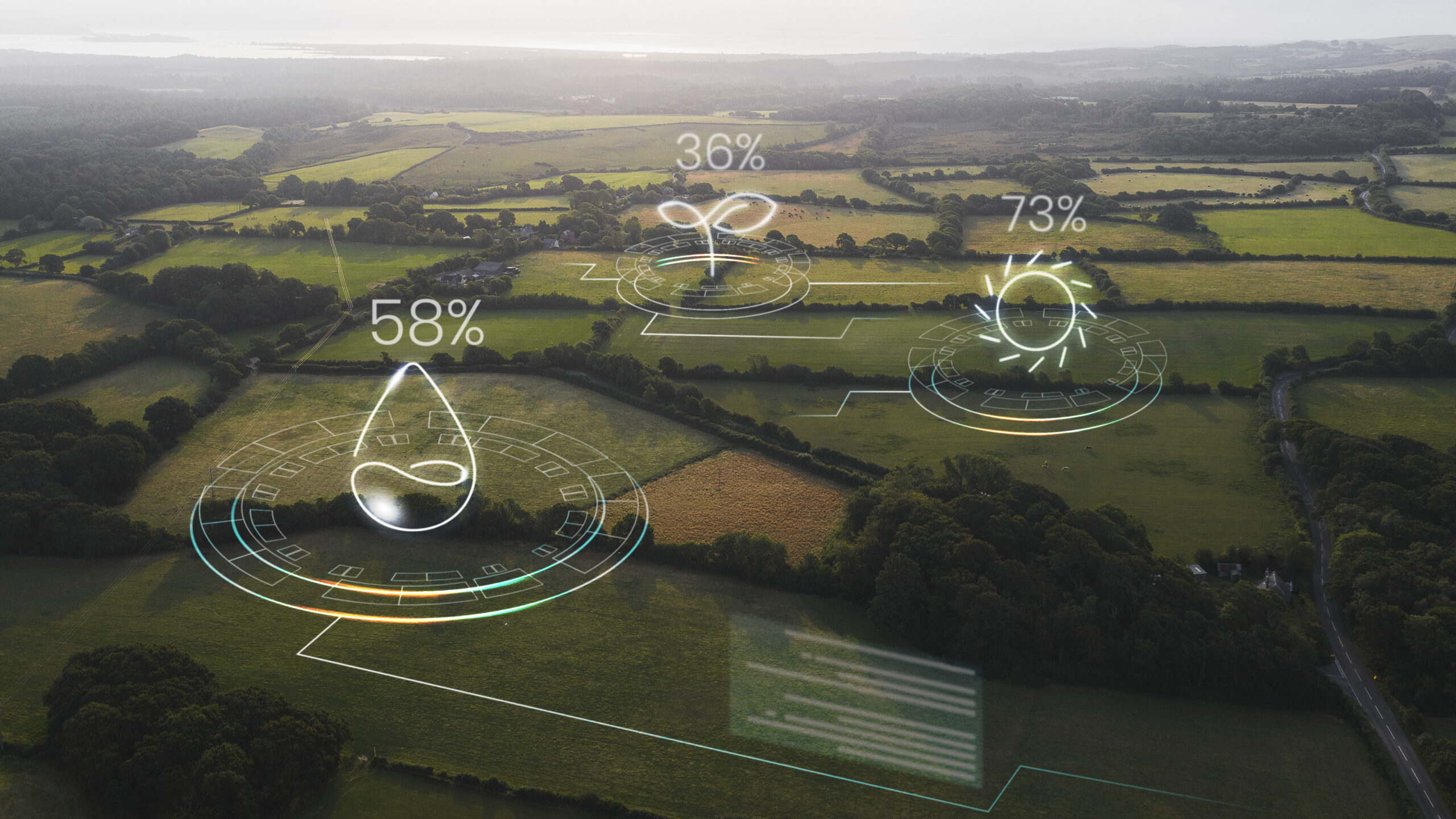The aerospace and aviation sectors stand at a crossroads: faced with increasing performance demands, digital transformation, and growing environmental pressure, they must find ways to reduce their impact while continuing to innovate. In this complex equation, artificial intelligence (AI) emerges as both a powerful catalyst for transition and a new challenge for responsibility.
While AI promises significant gains in efficiency and optimization, it also raises major concerns about its own carbon footprint. As aviation accounts for nearly 3% of global greenhouse gas emissions, it is becoming crucial to imagine a form of AI that is efficient, purposeful, and sustainability-oriented.
AI as a Driver of Environmental Transition
One of the major contributions of artificial intelligence to industry lies in its ability to process and leverage large volumes of data in real time. This capability opens the door to numerous “AI for Green” applications, aimed at reducing the environmental impact of industrial activities.
Among these uses are:
- Environmental prediction, with AI models capable of anticipating energy consumption deviations, emissions, or extreme weather conditions that could disrupt operations.
- Energy optimization, which continuously adjusts system parameters to maximize efficiency while minimizing resource consumption.
- Assisted eco-design, where AI supports engineering teams by suggesting more environmentally responsible materials or technical architectures.
These solutions are not distant promises—they are already deployed in critical environments, where performance goes hand in hand with efficiency, and reliability with foresight.

Towards More Responsible AI
However, these benefits must be weighed against an undeniable reality: artificial intelligence models—particularly the most recent and powerful—are extremely energy-intensive. Training a model can require weeks of computation on massive infrastructures, with a carbon footprint sometimes equivalent to several years of electricity consumption for an average household.
This paradox calls for both ethical and technical reflection on how algorithms are designed, deployed, and scaled. At Scalian, this reflection translates into several key strategies:
- Algorithmic frugality: favoring lean, targeted, and sufficiently high-performing models over the default use of oversized, generic ones.
- Optimization of data pipelines: minimizing digital waste at every step, from data ingestion to inference.
- Eco-efficient infrastructures: prioritizing the execution of computations on low-carbon platforms or those located close to operational sites.
These levers help align environmental goals with industrial constraints. The aim: to ensure that AI is not only powerful, but also relevant and sustainable over time.

Balancing Innovation and Efficiency
The key lies in balance. The goal is not to slow down innovation, but to foster it wisely. This means making fully informed choices: embracing trade-offs between precision and simplicity, processing power and ease of use, continuous innovation and environmental responsibility.
With over a decade of expertise in data and AI, Scalian supports companies through this transformation. Our teams design tailor-made solutions that incorporate environmental performance from the outset, while meeting the high standards of innovation, safety, and robustness required by mission-critical systems.
Because building a sustainable future also relies on responsible technologies, artificial intelligence can—and must—be a lever to accelerate the transition toward a cleaner sky and a healthier planet.
Scalian will share its expertise in artificial intelligence at the 55th International Paris Air Show – Le Bourget 2025. Come and meet us to find out more!
Related articles


